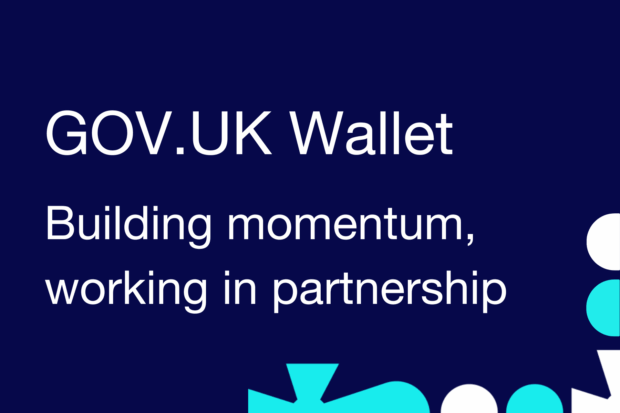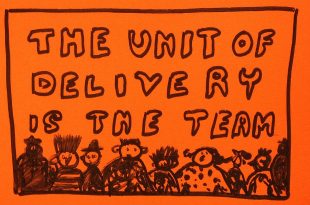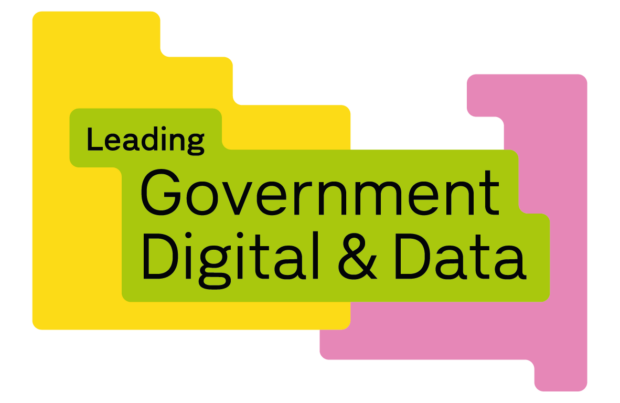
In January, our Secretary of State, Peter Kyle set out a vision for a modern digital government focussed on improving people’s experiences when accessing the public services they need, and making Government work better.
GOV.UK Wallet is one of the 5 kickstarters delivering against the Blueprint which sets out a vision for modern digital government to deliver on 5 outcomes for the public:
- Easier lives: delivering transparent, next-generation public services that do the hard work for the public, can be accessed and used by everyone who needs them, and are designed around the user.
2. Faster growth: helping businesses start and scale by delivering services that work as well as they do for citizens.
3. Firmer foundations: securing public services so they are trustworthy and resilient.
4. Smarter organisations: changing how delivery is done to embed the right ways of working, moving at the same pace that people’s lives do, and working as agile, user-centred, multidisciplinary teams by default.
5. Higher productivity and efficiency: saving public money, delivering outstanding public services at a price we can afford, and enabling front-line workers to focus on delivery.
The announcement generated significant interest in how the GOV.UK Wallet could work, where it could be used, and how we'd make good on the government’s commitment to work with industry. Top of mind has been how we can meet such an ambitious timeline - to build and make usable a digital wallet for government along with an early set of credentials in a single calendar year.
Today marks the start of our formal engagement with the technology sector, with an event unveiling the working principles of the GOV.UK Wallet we’ve been developing until now. The aim of this event was to give private sector identity providers an update on the government's proposals and help them prepare for the critical role we want them to play in this work.
Our challenge to technology providers
At the event, we set a challenge to the private sector identity providers in the room. The GOV.UK Wallet opens the door to two clear use cases for the private sector to innovate.
To create an orchestration service to facilitate data sharing: This means simply orchestrating the data flow between the information in your GOV.UK Wallet, and the retailer trying to check you are eligible to buy an age restricted product or service. This is about providing information from digital credentials stored in the GOV.UK Wallet to the people who need to see them in a secure and reliable way. It’s similar to how card payment services connect your bank account to retailers and facilitate the information exchange which lets you buy things. End users might see this model if using their digital driving licence to prove their age in a shop.
Identity or holder services: Just as identity services can take information from scans or photos of physical documents as the basis to offer a range of products, they’ll be able to take this information from digital credentials in the GOV.UK Wallet if the user chooses to share them.
These private sector services can then add value, for instance attaching other information. They might also create a reusable ‘derived credential,’ which is a new credential that would allow users to prove things about themselves, without going back to the GOV.UK Wallet.
Building on strong foundations
We’re building on strong foundations, using the already established GOV.UK One Login, which allows users to safely and securely confirm their identity. This technology means only the user of the GOV.UK Wallet will be able to store, access and use the digital documents within it, reducing fraud.
We’re kicking off engagement with the technology sector to build on our established foundations, enabling future collaboration as we change the way users can prove information about themselves. And it’s no small task. We’re building the UK’s first government digital wallet, enabling multiple private sector organisations to build the technology to check and share information from it.
Important to remember is that we're following in the footsteps of some fantastic examples. We're applying learnings from Australia, Estonia, Ukraine and some states in the USA who have all rolled out digital wallets to improve the access and convenience of digital services.
What’s next?
Our ambition is to see the first credential in the GOV.UK Wallet live this summer with the launch of the digital veterans card in partnership with the Office of Veterans’ Affairs and Ministry of Defence. Later in the year, we will begin the initial roll out of the digital driving licence which in time could be used for everything your physical one can do - with the benefit of quick access to your government credentials in your pocket. Importantly, this is not about replacing paper documents - it’s about allowing people the choice to use digitised credentials where it works better for them.
Alongside the build of the GOV.UK Wallet and preparing for the first two credentials, our team is engaging across government to identify more potential credentials from other government departments as part of our Blueprint commitment to require services to issue a digital verified credential alongside any paper or card based credential or proof of entitlement eligibility by the end of 2027. This is opening the door to a world where an array of government-issued documents can be easily stored in your phone, in one place.
Digital Verification Services can use our technical documentation to find out about the open standards we are working to, and provide feedback. We will add further documentation to GOV.UK as the product develops.
This is the first step, and we are starting further collaboration opportunities. Providers will be able to take part in a technical engagement, as we work to understand their needs and how we can make the GOV.UK Wallet a success together. It marks the something truly transformative, and we’re proud to be a part of it.


7 comments
Comment by chris auckland posted on
Good to see such efforts. All we need to do is get. Identity right and everything else follows. Good luck!
Comment by Malcolm swallow posted on
This all sounds good, but the problem with data sharing is that a breach means it runs across everywhere instantly. How can you protect against this? Remember M&S over the last few days.
Similarly, I can't authenticate on the gov.id website, and no one can fix it, so how can I exist in the future with this stuff being compulsory?
Many people, like my wife, are technophobic. She recently was FORCED to use the NHS app to book a test, and she was screaming very rude words at her phone because it was soooo frustrating and refused to let her make a simple booking. Luckily I came to her assistance as her inhouse tecchie, and walked her through the (useless/customer-hostile) NHS software.
I think you need some non-IT people at the heart of this project, otherwise it will be a disaster.
Comment by The GDS Team posted on
Hi Malcolm
As the public rightly expects, safeguarding the security of government services and protecting users’ data and privacy remain top priorities for the programme. GOV.UK One Login adheres to the highest standards applicable across both government and private sector services.
GOV.UK One Login has a robust framework for protecting data against breaches and identity theft. The programme adheres to National Cyber Security Centre (NCSC) advice, and operates a three lines of defence process. This ensures data is protected, fraud is deterred and detected, and threats are monitored and responded to.
We recognise that the accessibility and usability of digital services can be significant barriers for individuals who are less familiar with navigating digital services. That’s why GOV.UK One Login has been specifically designed with these users in mind. We have applied user-centred design principles throughout the user journey to ensure it is as intuitive and straightforward as possible. Regular user testing is conducted with people from a wide range of backgrounds and levels of digital experience to help us continuously improve usability and ensure GOV.UK One Login works for as many people as possible.
That said, the use of both GOV.UK One Login and the GOV.UK Wallet are not mandatory. Government services will continue to offer alternative offline routes for those who prefer or need to access services non-digitally. People can also continue to use their physical documents, just as they do today. Our goal is not to replace existing options, but to make digital interactions with government services more convenient, accessible and user-friendly.
Thanks,
The GDS Team
Comment by Iris Thorpe posted on
I'd feel more secure holding a government ID in my Apple wallet - and it would be more convenient. The government doesn't feel it necessary to open a bank and issue payment cards for paying benefits. So why is it necessary to reinvent proven ID infrastructure?
Comment by The GDS Team posted on
Hi Iris,
Our research which has guided our approach indicates that people expect government documents to be stored in a Wallet that is developed and run by GOV.UK, which itself is a highly trusted and recognisable brand.
There are also benefits to government departments in building a government owned Wallet which in turn delivers benefits to the taxpayer.
We recognise there may be value in government documents, such as the digital driving licence, being available through private sector wallets that have been certified as part of the government's Digital Identity and Attributes Trust Framework. There are no current plans, but we are open to exploring this in the future.
Thanks
The GDS Team
Comment by Mike posted on
I'm very excited about digital IDs, it's a great step forward. However, it's disappointing to hear about no planned native digital wallet support.
I can understand this decision for devices that don't already have a digital wallet, but when there is a native, secure, built-in solution, another app duplicates and becomes clutter. It should be noted that on Apple's iPhone for example, infrequently used apps may be automatically uninstalled or offloaded. I'd worry that something like Gov Wallet may suffer, which, given the purpose, may mean you still need to carry a physical ID.
Comment by GDS Team posted on
Hi Mike,
Thanks for the comment.
We recognise there may be value in government documents, such as the digital driving licence, being available through private sector wallets that have been certified as part of the government's Digital Identity and Attributes Trust Framework.
There are no current plans but we are open to exploring this in the future. Currently, Apple, Google and Samsung Wallets are not certified, but may choose to become so in the future.
Best, GDS Team